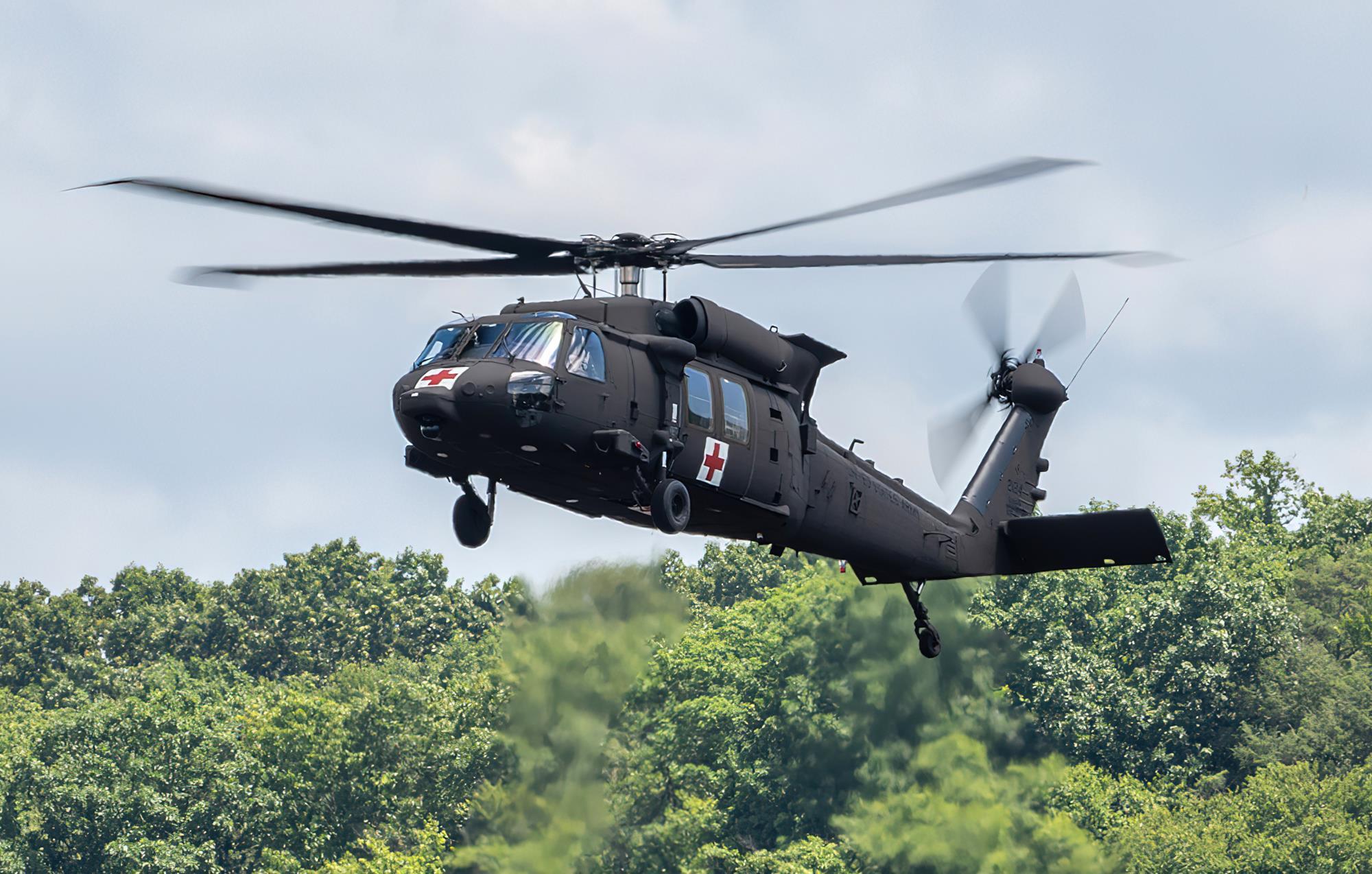Taking Flight: Uh-60 Black Hawk Pilot Qualification Process Explained
Taking Flight: Uh-60 Black Hawk Pilot Qualification Process Explained
Blog Article
The UH-60 Helicopter: Navigating Through Its History, Layout, and Substantial Duty in Air Travel
The UH-60 helicopter, commonly described as the Black Hawk, stands as a testimony to the advancements in aviation technology and its obvious effect on both noncombatant and armed forces operations. From its modest beginnings to its present standing as a sign of reliability and convenience, the evolution of the UH-60 has been noted by continual development and adaptation to fulfill the progressing demands of the aviation sector. As we delve right into its history, layout complexities, and the crucial duty it plays in different sectors, a much deeper appreciation for this iconic helicopter emerges, dropping light on the considerable contributions it has actually made to the world of air travel.
Advancement of the UH-60 Helicopter

The advancement of the UH-60 helicopter can be mapped back to the requirement for a flexible and trustworthy energy airplane that might fulfill the demanding needs of modern army procedures. Created by Sikorsky Airplane, the UH-60 Black Hawk first flew in 1974, with the U.S. Army becoming its primary operator. For many years, the UH-60 has actually undergone numerous upgrades and variants to enhance its capabilities and performance.

Layout Technologies and Features

In Addition, the UH-60 includes an advanced avionics collection that includes sophisticated navigating systems, communication tools, and electronic screens. These technical advancements enhance situational recognition for the staff, improving overall mission effectiveness and safety and security. The helicopter's spacious cabin layout facilitates simple and fast loading and dumping of soldiers, tools, and casualties, making it a functional asset for armed forces procedures and calamity relief initiatives.
Furthermore, the consolidation of composite products in key architectural elements reduces weight while preserving sturdiness, boosting the UH-60's efficiency and gas efficiency. The UH-60 helicopter's cutting-edge layout components collectively add to its credibility as a trustworthy and very capable aircraft in both army and noncombatant aviation markets.
Military and Noncombatant Applications
With functional capacities matched for a variety of functional requirements, the UH-60 helicopter offers both noncombatant and military industries efficiently (uh-60). In army applications, the UH-60, typically called the Black Hawk, plays a crucial role in troop transport, medical evacuation, battle support, and search and rescue missions. Its rate, dexterity, and capacity to operate in numerous atmospheres make it an important asset for military operations worldwide. The UH-60's advanced avionics, defensive systems, and flexibility have actually solidified its setting as a foundation of army helicopter fleets.
In the private sector, site the UH-60 serves a multitude of purposes, consisting of firefighting, police, emergency medical services, and company transportation. Its dependability, maneuverability, and large cabin make it a popular selection for energy goals. In addition, the UH-60's versatility for VIP transport and offshore Visit Website operations better highlight its relevance in civilian applications. Whether in army or private use, the UH-60 helicopter remains to show its worth as a versatile and vital airborne platform.
Effect on Air Travel Procedures
Having actually developed its value in military and civilian applications, the UH-60 helicopter's influence on aviation procedures expands beyond its functional capacities to affect a broad array of aerial objectives. In military setups, the UH-60 plays a crucial role in army rescue, transport and search procedures, medical discharge, and unique operations sustain. Its ability to swiftly navigate diverse terrains and negative weather makes it an important possession in ensuring goal success and personnel safety and security. The UH-60's flexibility allows for rapid implementation and removal of troops in combat zones, enhancing functional performance and agility.
Additionally, the UH-60's integrity and endurance make it a preferred selection for energy objectives, including transportation of cargo and employees to remote locations. In general, the UH-60 helicopter considerably influences aeronautics operations by providing unparalleled capacities and assistance throughout a broad range of missions.
Future Advancements and Prospects
The evolution of the UH-60 helicopter is positioned to change aeronautics capabilities and reshape operational standards in the coming years. Developments in modern technology and style are driving the development of next-generation UH-60 variations that assure raised mission, speed, and agility convenience.
In addition, there is an expanding emphasis on sustainability and gas effectiveness in the layout of future UH-60 helicopters (uh-60). Producers are exploring new materials, propulsion systems, and aerodynamic enhancements to decrease ecological effect and operating prices. These improvements not only profit the atmosphere yet also add to the long-lasting stability and competition of the UH-60 in the swiftly developing air travel market
Conclusion
:quality(70)/cloudfront-us-east-1.images.arcpublishing.com/archetype/V77OHDESHBCMVNC2PKNIKDQP4E.jpg)
The UH-60 helicopter, frequently referred to as the Black Hawk, stands as a testament to the advancements in air travel innovation and its undeniable effect on both armed forces and private procedures.Having established its value in military and noncombatant applications, the UH-60 helicopter's impact on aviation operations prolongs past its versatile abilities to affect a large array of aerial objectives. On the whole, the UH-60 helicopter dramatically impacts aeronautics procedures by supplying unmatched capabilities and support throughout a wide range of missions.
The evolution of the UH-60 helicopter is positioned to revolutionize aeronautics capabilities and improve functional standards in the coming years. As modern technology continues to advancement, the future developments and prospects for the UH-60 helicopter continue to be appealing, ensuring its ongoing importance in the field of aviation.
Report this page